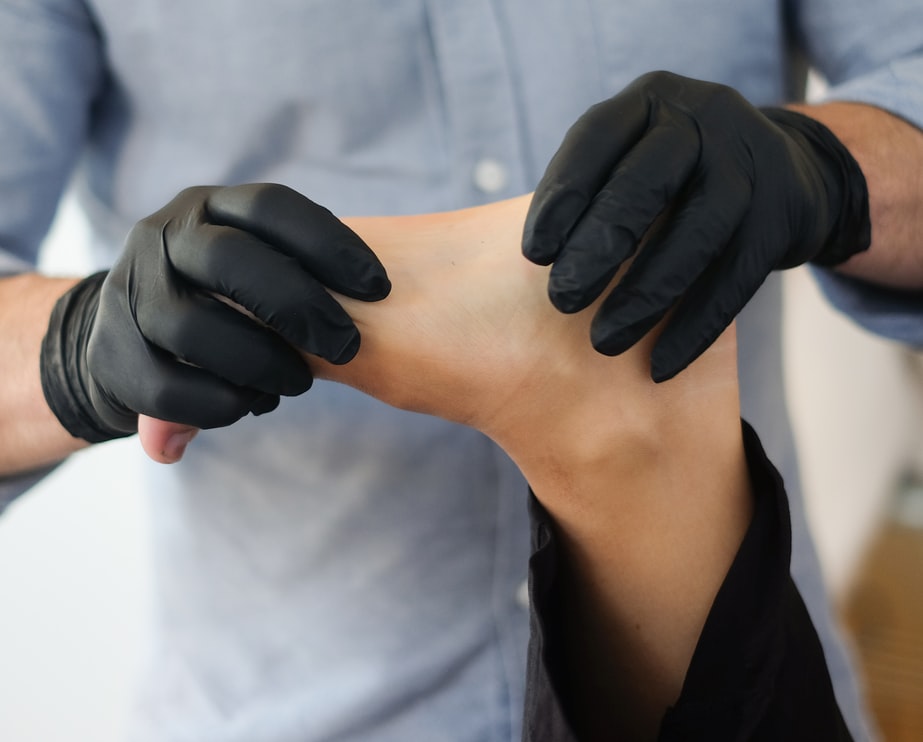An estimated 30 million Americans are suffering from peripheral neuropathy today. With more than 3 million new cases every year. Diabetes is the leading cause of neuropathy in the United States, however, there are many other causes as well. Some cases of peripheral neuropathy can be treated easily, while others require extensive treatment plans.
Peripheral neuropathy treatment consists of various therapies and procedures that are performed to help ease the symptoms.
More than 100 different types of peripheral neuropathy exist. Each kind have unique symptoms and specific treatment plans. Peripheral neuropathies occur when multiple nerves have been damaged. Compared to Mononeuropathy, which occurs when only one nerve is damaged.
What is Peripheral Neuropathy?
Peripheral neuropathy is a disorder when damage occurs to one or more nerves. This disrupts the nerves normal functioning. Neuropathies often begin within your hands and feet, but other parts of the body can be affected as well.
The disruption within the nerves causes communication between the nerve cells and the brain. The nerve cells might send signals of pain when there is nothing to be causing the pain. They might not send a pain signal even when you are being harmed. Or they might send error signals that distort the message that is being sent.
Peripheral neuropathy indicates a problem with the peripheral nervous system within your body. The peripheral nervous system is the network of nerves outside the brain and spinal cord.
What Causes Peripheral Neuropathy?
There are many causes of peripheral neuropathy; it is not caused by a single disease. However, diabetes is the leading cause in the United States. 60% to 70% of people living with diabetes experience neuropathy.
It is estimated that 30% to 40% of all cancer patients have Chemo-Induced Peripheral Neuropathy. Chemotherapy is hard on sensory nerves due to them being the most sensitive compared to motor nerves.
Peripheral neuropathy can also be caused due to an injury. Car accident injuries, broken bones, and a fall can all lead to a development in neuropathy.
Repetitive stress causes the nerves to compress and narrow the space between where the nerves run.
Other health conditions can cause neuropathy to develop such as a kidney disorder, liver disorder, systematic illness, or an inherited disorder. Alcohol abuse and toxic substances can act as an agent in developing neuropathy. Additionally, 23% of all Peripheral Neuropathy cases have unknown causes.
What are the Symptoms of Peripheral Neuropathy?
There are three types of peripheral neuropathy in which symptoms will vary depending on the nerve. Motor nerves connect to your muscles controlling all the movement used for walking, talking, or grabbing things. Sensory nerves connect to your skin that transmit information to your brain such as temperature or the pain from a cut. Autonomic nerves connect to your internal organs to regulate activities such as breathing or digesting food.
The symptoms vary depending on which type and the severity of the damage to the nerves. Symptoms can develop over days, weeks, or even years. Some cases of neuropathy can improve on their own without a treatment plan. However, others can be disabling needing advanced care.
Common signs and symptoms include numbness, tingling or prickling in the hands and feet, sharp pain, burning pain, cramping and discomfort, balance problems, drop in blood pressure, restless leg syndrome, and muscle weakness.
What are the Treatments for Peripheral Neuropathy?
Treatments depend on the type of nerve that has been damaged, the symptoms you acquired, and the location of the pain. Some treatment plans that help ease pain and symptoms are plasma exchange, physical therapy, and surgery. Each treatment plan is different ranging from mild to advanced treatment care.
The benefits of peripheral neuropathy treatment reduce pain in the hands and feet, improve the overall relaxation and circulation of blood flow and muscles, reduce inflammation, and improve your sleep quality.
